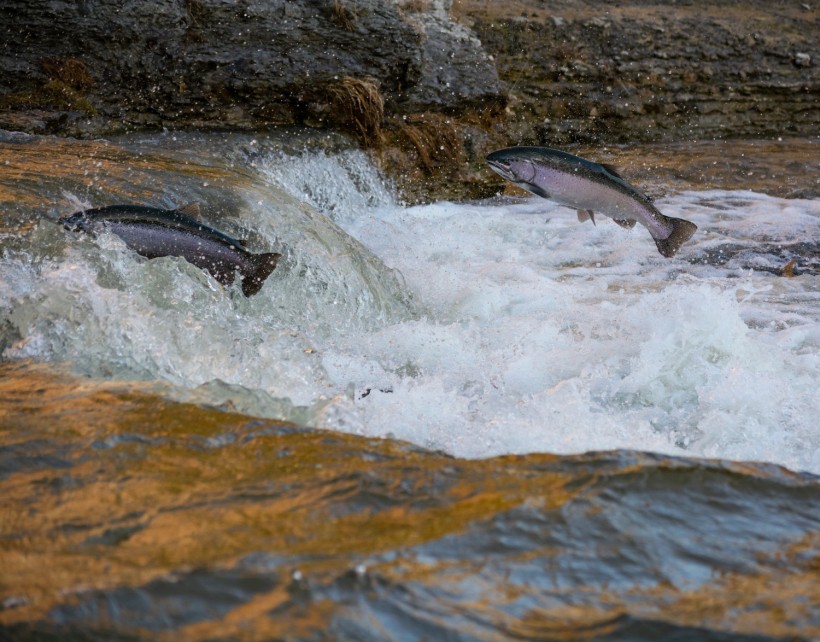Salmon fishing in Scotland is threatened by a Category 4 marine heatwave, which has caused rising sea temperatures that led to mass marine fatalities over the past several months.
Multiple reports show that the Scottish salmon industry is at risk as the mortality rate of different species has spiked within the said period. Evidence links the premature deaths of salmon to sea lice infestations, which proliferates under warmer waters.
Aside from climate change-induced warm seas, other sources attribute the country's deteriorating salmon fishing with the amplified presence of jellyfish in Scottish waters, resulting in salmon deaths and significant harvest drop. Among these factors, the common denominator to the rise of jellyfish and sea lice populations are warmer-than-average water temperatures.
Scotland Salmon Fishing

Scotland for a long time has been known for its local salmon fishing along with some of the country's most famous salmon rivers in the world, including River Dee, River Spey, River Tay, and River Tweed. These bodies of waters are collectively known in the nation as "The Big 4 Rivers." Prior to March 2023, where mass marine fatalities were started to be reported, the Scotland salmon fishing industry was relatively doing well.
In fact, the Scottish Government in May 2023 reported that the overall number of Atlantic salmon caught by local fisheries in 2022 was 42,204, which was more than the catch of 2021 and was a 16% increased compared to the previous year. The 2022 salmon catch was also the fourth lowest since recordings in 1952.
Also Read: Salmon Fishing Season in California Canceled Due to Grim Reports From Experts
Category 4 Marine Heatwave
However, anthropogenic climate change and global warming in recent years have impacted these marine ecosystems that houses fish and other freshwater creatures.
Reports in late September showed that Scotland's waters are facing a catastrophic Category 4 marine heatwave since March 2023. This climate phenomenon has resulted in a 5 degree temperature increase in some of the country's salmon farms which have increased sea lice infestations.
Since the onset of 2023, approximately millions of fish had died prematurely on these salmon farms, which is in significant contrast to the report of the Scottish Government for the overall salmon catch in Scotland last year.
Sea Lice Infestations
Sea lice infestations, also called seabather's eruption, is caused by jellyfish larvae in the water. The larvae belong to two jellyfish species that sting: the thimble jellyfish (Linuche unguiculata) and the sea anemone (Edwardsiella lineata), according to WebMD. Unrelated to head lice, these marine parasites feed off fish instead of humans.
In relation to the ecological disaster in Scottish waters, there are two sea lice species found on salmon: Caligus elongates and Lepeophtheirus salmonis that are common on adult salmon and fall off when the fish return to freshwater streams to spawn, according to the Alaska Department of Fish and Game (ADFG).
Although sea lice infestations have affected salmon since time memorial, it was only recently that it has become an issue. Aside from Scotland, this looming threat has also affected salmon industries in Norway, Ireland, and even Canada's British Columbia province.
Related Article: Salmon Population Feared To Be Devastated After Thousands Escape From Icelandic Farm
© 2024 NatureWorldNews.com All rights reserved. Do not reproduce without permission.



![Roundworms with Short Memories 'Stop Forgetting' When Frozen or Given Lithium [Study]](https://1471793142.rsc.cdn77.org/data/thumbs/full/70295/280/157/50/40/roundworms-with-short-memories-stop-forgetting-when-frozen-or-given-lithium-study.jpg)

